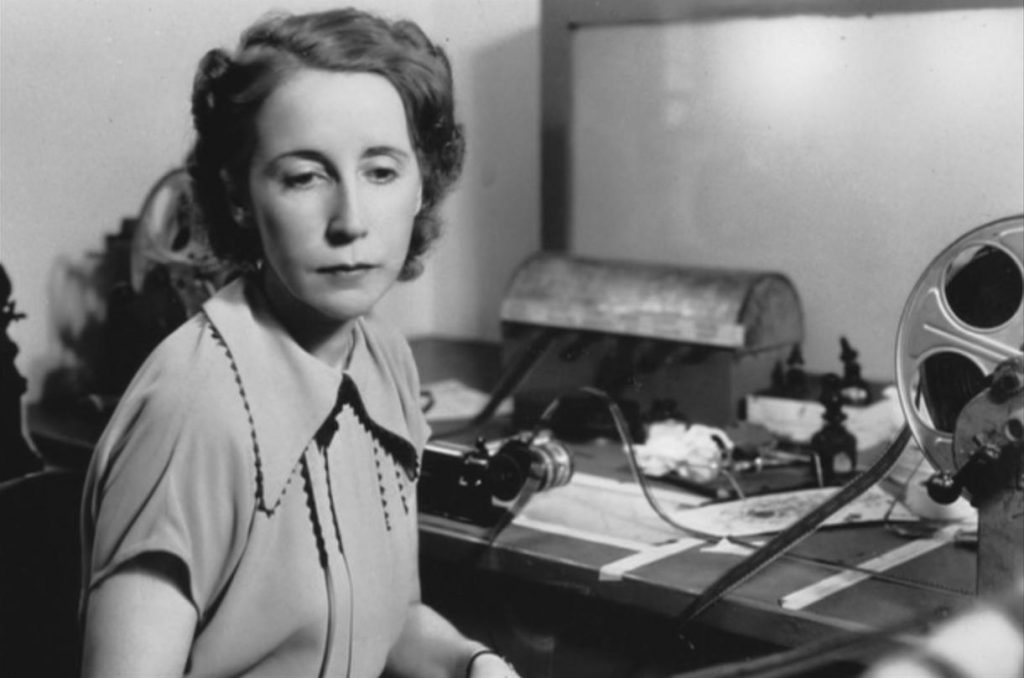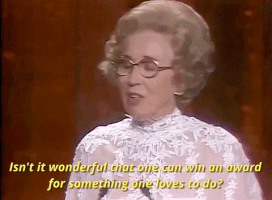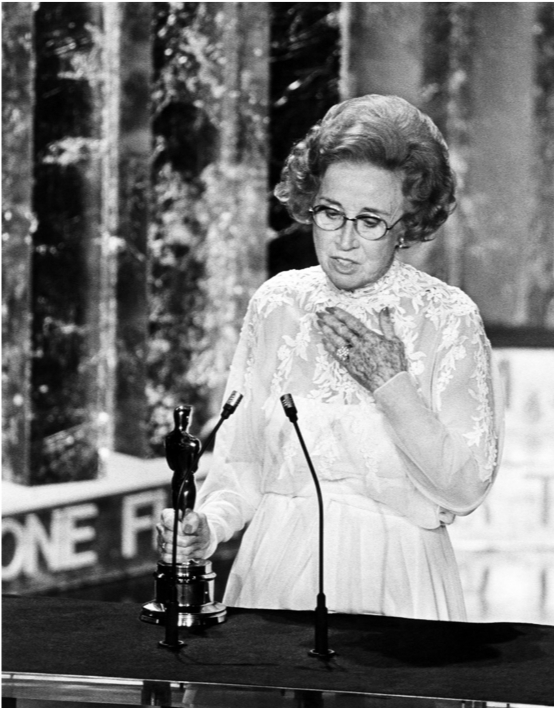Blanche Sewell
1898 – 1949
 Blanche Sewell had hoped to work as an actress in Hollywood, but became a negative cutter and then an editor under the mentorship of Viola Lawrence. She started working at MGM in the early 1920s and remained there until her death in 1949. She has sixty-three credits. Sewell edited numerous notable films for MGM including Goulding’s Grand Hotel, Mamoulian’s Queen Christina, and The Wizard of Oz.
Blanche Sewell had hoped to work as an actress in Hollywood, but became a negative cutter and then an editor under the mentorship of Viola Lawrence. She started working at MGM in the early 1920s and remained there until her death in 1949. She has sixty-three credits. Sewell edited numerous notable films for MGM including Goulding’s Grand Hotel, Mamoulian’s Queen Christina, and The Wizard of Oz.

“[Producer] Mervyn LeRoy’s choice of Blanche Sewell to edit The Wizard of Oz was not by random selection. Skilled as she was, Sewell was also Walt Disney’s sister-in-law by marriage. (Blanche’s brother, Glenn Sewell, was married to Hazel Bounds, and Hazel’s sister was Disney’s wife, Lillian.) According to John Stanley Donaldson,* Disney surreptitiously consulted Sewell after hours from MGM while Snow White and the Seven Dwarfs was edited. Sewell possessed, in Donaldson’s language, an infallible grasp of the emotion picture—an intuitive ability for cinematic pacing to strike the proper tempo and temperament. It was her insightful whittling that coalesced the best of Snow White’s artistic triumphs and shaped them into an instantly acclaimed motion picture masterpiece. LeRoy was hopeful Sewell would work such wizardry a second time.”
—“The Road to Oz: The Evolution, Creation and Legacy of a Motion Picture Masterpiece” by Jay Scarfone and William Stillman
* Donaldson was a protégé of Herb Ryman, one of Disney’s lead artists.



 Margaret Booth started editing for D.W. Griffith in 1915 and worked as an editor until 1936. She has forty-four credits, among them for several films starring Greta Garbo including Camille. She was nominated for an Oscar for Mutiny on the Bounty, for which she also has a writer’s credit. Her editing credits end early because in 1932 she became one of the most powerful figures at MGM Studios through her position as the supervising editor, a position she held until 1969. Booth controlled the dailies of every film the studio made and had the power to order reshoots. She would frequently intervene with directors, writing new scenes when she found story problems during her nightly views of their rushes. She was also, later, an associate producer at MGM.
Margaret Booth started editing for D.W. Griffith in 1915 and worked as an editor until 1936. She has forty-four credits, among them for several films starring Greta Garbo including Camille. She was nominated for an Oscar for Mutiny on the Bounty, for which she also has a writer’s credit. Her editing credits end early because in 1932 she became one of the most powerful figures at MGM Studios through her position as the supervising editor, a position she held until 1969. Booth controlled the dailies of every film the studio made and had the power to order reshoots. She would frequently intervene with directors, writing new scenes when she found story problems during her nightly views of their rushes. She was also, later, an associate producer at MGM. Although she never received a competitive Oscar, the legendary Margaret Booth was the first — and up until now, one of only two — picture editors to win an Academy Honorary Award (a.k.a. the Honorary Oscar) for “exceptional contributions to the art of film editing in the motion picture industry.” It was presented at the 50th annual Academy Awards ceremony in 1978. The only other picture editor to win one was Anne V. Coates, in 2016.
Although she never received a competitive Oscar, the legendary Margaret Booth was the first — and up until now, one of only two — picture editors to win an Academy Honorary Award (a.k.a. the Honorary Oscar) for “exceptional contributions to the art of film editing in the motion picture industry.” It was presented at the 50th annual Academy Awards ceremony in 1978. The only other picture editor to win one was Anne V. Coates, in 2016.

